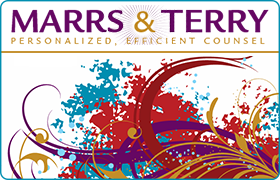Stevensville Reorganization Lawyer, Michigan
Sponsored Law Firm
-
 x
x

Click For More Info:
-
Marrs & Terry, PLLC
6553 Jackson Road Ann Arbor, MI 48103» view mapBankruptcy & Debt Personalized, Efficient Counsel
Marrs & Terry, PLLC have been helping individuals face a variety of legal challenges, including bankruptcy, estate planning and administration, and family law.
800-862-7221
Not enough matches for Stevensville Reorganization lawyer.
Below are all Stevensville Bankruptcy & Debt lawyers.
Jason Engram
Landlord-Tenant, Trusts, Administrative Law, Credit & Debt
Status: In Good Standing Licensed: 25 Years
Katherine Walke
Federal Appellate Practice, Government, Business & Trade, Bankruptcy
Status: In Good Standing Licensed: 23 Years
Gennelia Capobres Laluna-Schaeffer
Accident & Injury, Divorce & Family Law, Bankruptcy & Debt, Estate
Status: In Good Standing Licensed: 21 Years


 Tricia Terry Ann Arbor, MI
Tricia Terry Ann Arbor, MI AboutExperienced Michigan Lawyer
AboutExperienced Michigan Lawyer Articles
Articles
